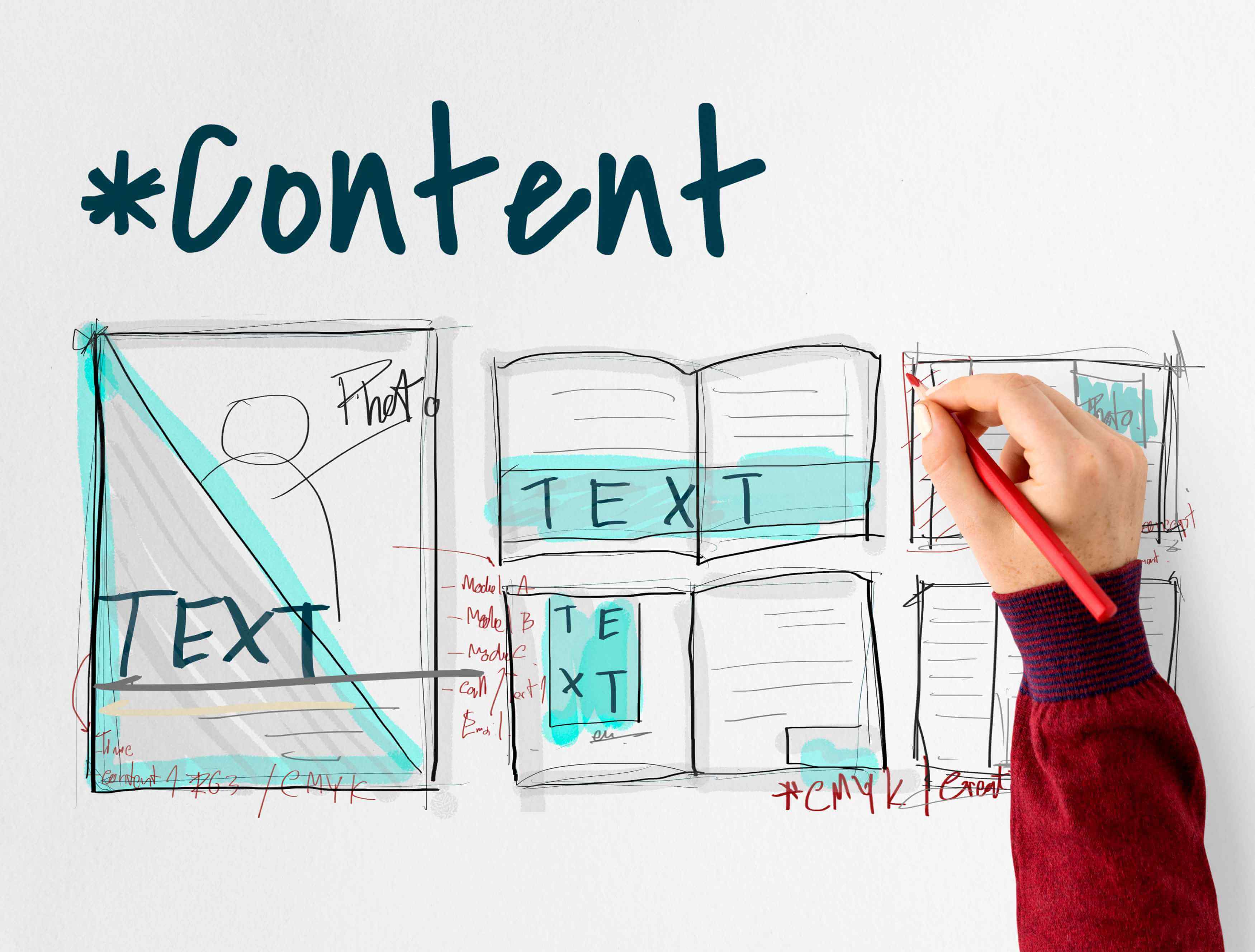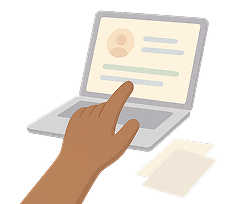Technical writing is the foundation of clear, structured, and goal-oriented communication in complex environments. Whether it's explaining how to use a product, documenting code for developers, or compiling standard procedures for internal teams, technical writing ensures clarity, consistency, and compliance across industries.
In today’s information-heavy world, well-executed documentation can make a significant difference. It simplifies the user experience, reduces support requests, and improves operational efficiency. Acting as a bridge between technical experts and non-technical users, technical writing translates complex topics into accessible content tailored to its audience.
From instructional materials and software guides to policy documents and white papers, technical writing plays a critical role in organizational success and regulatory alignment.
Common Types of Technical Writing
Technical writing covers a wide variety of content types depending on the audience and goals. It's not limited to user manuals or developer docs—it also includes internal communication, compliance materials, and marketing with technical depth.
Let’s explore four core categories that represent the majority of technical writing today:
1. End-User Documentation
Designed for customers or clients, this type of content focuses on usability and simplicity. It breaks down technical steps into clear, actionable instructions.
Examples:
-
User Manuals – Detailed product usage guides
-
Getting Started Guides – Initial setup and walkthroughs
-
Troubleshooting Docs – Solutions for common issues
-
FAQs – Quick answers to frequent questions
2. Process & Procedure Docs (SOPs)
Standard Operating Procedures (SOPs) and internal documentation promote consistency and accountability across teams. They define structured workflows and best practices, especially in regulated industries.
Use Cases:
-
Onboarding Materials – New employee orientation
-
Safety Procedures – Workplace risk mitigation
-
Equipment Instructions – Operation and handling guidelines
-
Operational Protocols – Compliance documentation
3. API & Developer-Focused Content
API and developer-focused content is created specifically for software developers, engineers, or IT professionals. Precision, consistency, and structure are the essential components of this type of writing.
Key Documents:
-
REST API Docs – Endpoint usage and structure
-
SDK Guides – How to implement development kits
-
GitHub READMEs – Project overviews and usage
-
Code Walkthroughs – Step-by-step integration guidance
4. Technical Marketing Assets
These materials combine technical depth with promotional value. They are typically aimed at semi-technical stakeholders, such as decision-makers or tech-savvy prospects.
Examples Include:
-
White Papers – Insight-driven content on industry challenges
-
Product Datasheets – Feature and spec summaries
-
Case Studies – Real-world results and use cases
-
Comparison Guides – Head-to-head product evaluations
10 Practical Examples of Technical Writing by Category
Each category of technical writing serves a distinct purpose and addresses a specific audience. From guiding end-users to supporting internal processes and helping developers, technical writing improves clarity, efficiency, and usability.
Let’s explore 10 real-world examples across various industries:
1. User Manuals
Comprehensive guides provided to end-users for operating a product.
Typically include:
-
Setup instructions
-
Safety guidelines
-
Maintenance procedures
-
Troubleshooting tips
2. Installation Guides
Installation guides are widely used in software, hardware, and equipment setups. These types of documents need to be logically structured and easy to follow by every user.
Typical content structure is:
-
System requirements
-
Pre-installation checks
-
Step-by-step installation process
-
Post-installation testing
3. Standard Operating Procedures (SOPs)
SOPs document is a type of writing that includes repeatable procedures that organizations must follow to maintain quality and compliance.
Key components:
-
Purpose – Why the SOP exists
-
Scope – Who and what it applies to
-
Responsibilities – Involved roles
-
Procedure Steps – Ordered instructions
-
References & Tools – Supporting materials
4. API Documentation
Enables developers to integrate or interact with a system or service.
Contents include:
-
Authentication methods
-
Endpoint definitions
-
Sample requests/responses
-
Error handling codes
5. Knowledge Base Articles
Online help content organized by topic for self-service support.
Usually contain:
-
Step-by-step how-to articles
-
FAQ sections
-
Common issue troubleshooting
6. Case Studies & White Papers
Case studies and white papers blend technical accuracy with persuasive storytelling, and are mostly used in B2B marketing.
Case Study Structure:
-
Client background
-
Problem definition
-
Solution implemented
-
Results with metrics
White Paper Elements:
-
Executive summary
-
Technical overview
-
Benefits and limitations
-
Real-world use cases
7. Policy & Procedure Manuals
Policy and procedure manuals are designed to guide employee behavior and operational standards, often in HR or legal contexts.
Common policies include:
-
Attendance and time-off rules
-
Data privacy guidelines
-
IT usage policies
8. Service Level Agreements (SLAs)
Service level agreements, or SLAs for short, are formal contracts between service providers and clients, detailing service expectations.
Essential components:
-
Services provided
-
Response/resolution timelines
-
Performance KPIs
-
Penalty clauses
9. Product Requirement Documents (PRDs)
Product requirement documents outline the functionality, features, and user expectations for new products.
Core sections:
-
Project objectives
-
Target user personas
-
Feature lists
-
User flows
-
Technical limitations
10. Business Proposals & RFPs
Business proposals and RFPs are formal documents that are used to pitch solutions, submit bids, or request services.
Key elements:
-
Executive summary
-
Project objectives
-
Scope of work
-
Budget and delivery timeline
-
Company credentials
How to Create a Great Technical Writing Sample

Creating a technical writing sample that is able to showcase your skills involves not only your writing, but it is also about structure, clarity, and reader empathy.
Now, let’s take a look at the ways you can use to build a strong sample.
Structure and Formatting Tips
The main component that gives your writing the clarity it needs is structure. That is why you need to make sure to use clear sections and headers to guide the reader.
In addition, you need to always maintain a consistent voice and tone appropriate to your audience.
Best practices include:
-
Use H2 and H3 headers for logical hierarchy
-
Break up dense text into bullet lists or tables
-
Add visuals (e.g., screenshots, flowcharts) to aid comprehension
-
For longer documents, include a table of contents
Tools for Technical Writers
Technical writers benefit from tools that enhance writing, formatting, collaboration, and documentation management.
|
Tool Category |
Popular Tools |
|
Writing & Editing |
Microsoft Word, Google Docs, Grammarly |
|
Collaboration |
Confluence, Notion, SharePoint |
|
Diagramming |
Lucidchart, Draw.io, Miro |
|
API Docs |
Swagger, Postman, Redoc |
|
Version Control |
Git, GitHub, Bitbucket |
Some also use design tools like Adobe Illustrator, Figma, or Canva to create visuals for manuals, diagrams, or infographics.
Style Guides to Follow
Following a recognized style can help you ensure consistency in tone, grammar, and layout. In addition, make sure to check if your company or client has a custom style guide.
Popular style guides include:
-
Microsoft Manual of Style
-
The Chicago Manual of Style
-
IBM Style Guide
-
Google Developer Documentation Style Guide
Technical Writing Across Industries
Depending on the industry, technical writing may shift in tone, complexity, and format. Understanding the unique demands of each sector is crucial for producing effective documentation.
Each industry has its own compliance standards, audience needs, and preferred formats, which means technical writers need to adapt their approach accordingly.
Software and SaaS
In the software industry, documentations need to speak to both technical and non-technical users. Writers need to emphasize components such as accuracy, user-friendliness, and up-to-date content.
Key documents:
-
API documentation
-
Onboarding manuals
-
Release notes
-
Change logs
-
Integration guides
Healthcare and Pharma
Regulated industries like healthcare and pharma require highly precise documentation that can align with legal standards. Writers need to emphasize compliance, legal accuracy, and privacy standards such as HIPAA and EMA.
Typical documents:
-
Clinical trial protocols
-
Drug safety reports
-
Patient information leaflets
-
FDA/EMA submission documents
Engineering and Manufacturing
Industries like engineering and manufacturing require documentation that communicates technical specifications to a wide range of stakeholders. Technical writers must emphasize safety, standardization, and clarity for multilingual audiences.
Common formats:
-
Maintenance manuals
-
Assembly guides
-
Schematics and diagrams
-
Product lifecycle documents
Government and Compliance
Government documentation must be accessible, transparent, and fully compliant with public standards. Writers need to emphasize accessibility with simple language, traceability, and overall legal standards.
Examples:
-
Policy documents
-
Compliance guides
-
RFPs and service contracts
-
Public safety procedures
Frequently Asked Questions

What is a technical writing sample?
A technical writing sample is a document or excerpt that demonstrates your ability to communicate technical information clearly and effectively. Examples include user manuals, API documentation, or knowledge base articles. They are often required in job applications or portfolio presentations.
How do I start creating technical writing examples?
Begin by selecting a format you're comfortable with. You can create a fictional user manual, rework existing content, or write instructional guides based on your expertise. Use industry tools like Markdown, Google Docs, or Microsoft Word, and apply a recognized style guide for structure and tone.
Where are technical writing samples used?
Technical writing samples are commonly used in job interviews, freelance portfolios, professional writing certifications, and when responding to proposals or requests for proposals (RFPs).
How is technical writing different from content writing?
Technical writing is focused on clarity, instruction, and precision, targeting specific audiences like users, developers, or internal teams. It includes structured formats like manuals, SOPs, or API guides. In contrast, content writing aims to inform, engage, or persuade a broader audience using a more conversational tone—through formats such as blogs, articles, or social media posts.














